


The world of botany has some incredible plants that surprise us – flowering trees without leaves. Normally, trees are admired for their abundant foliage, but these exceptional plants capture our attention with their stunning flowers, unaccompanied by any leaves. In this piece, we’ll take a closer look at these leafless flowering trees, examining their distinctive features, ecological adaptations, and the magical charm they bring to the environment in an easy-to-understand yet polished manner.
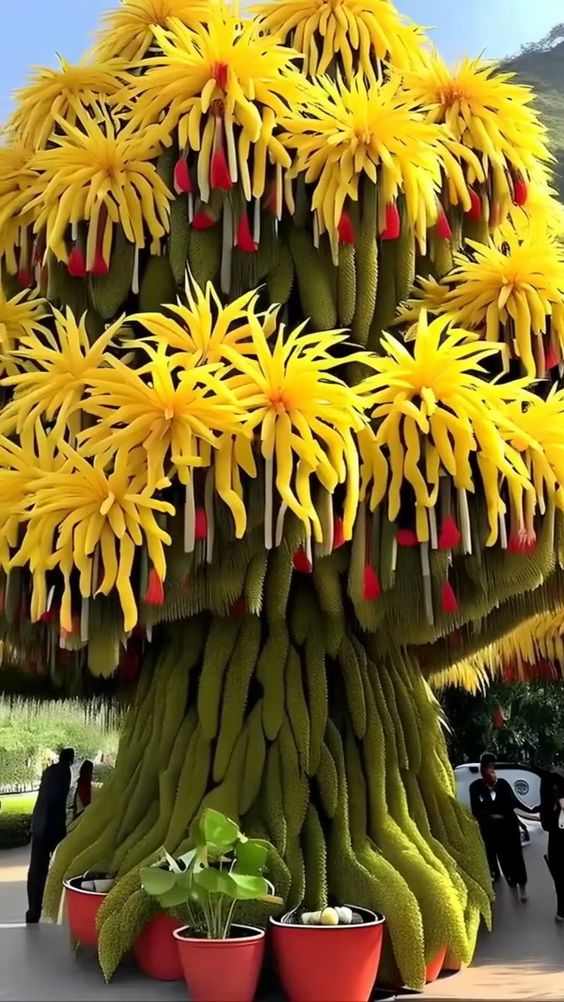
Discovering the Beauty of Leafless Wonders: Deciduous flowering trees, commonly called leafless flowering trees, have a unique allure that distinguishes them from their leafy peers. They burst into full bloom, displaying their vibrant flowers against a bare branch backdrop. Among the noteworthy examples of these trees are magnolias, cherry blossoms, and redbuds.
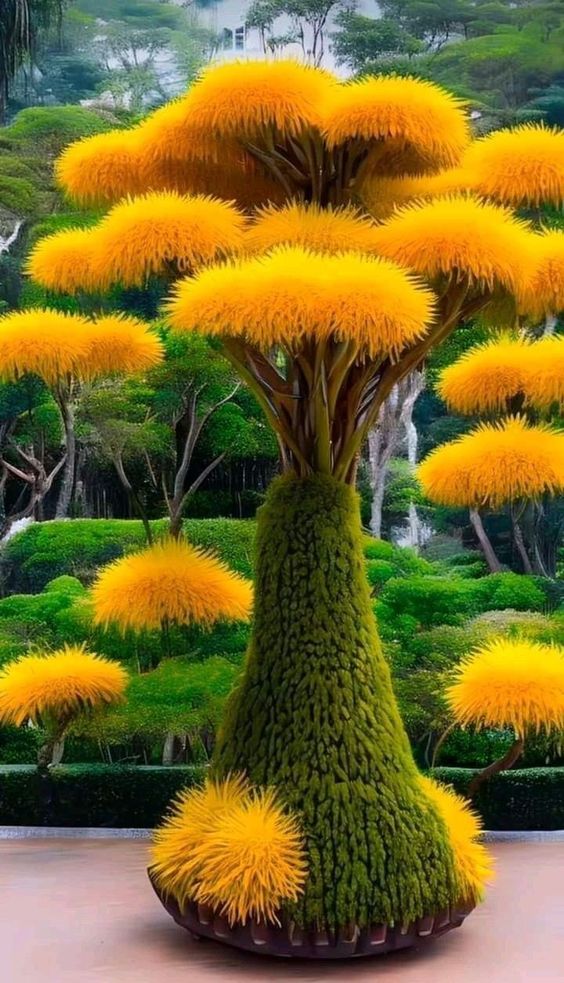
When it comes to flowering trees, the timing of their blooms is crucial for their reproduction. Interestingly, some trees choose to bloom before producing leaves. This may seem odd, but it’s actually a smart strategy. By doing so, these trees use their energy reserves to prioritize the development of flowers. This maximizes their chances of successful pollination and reproduction.
Another benefit of blooming before leaves emerge is that these trees can take advantage of the ample sunlight that reaches the forest floor during early spring. Without leaves obstructing the rays, the flowers receive more sunlight, which enhances their production. This ultimately leads to an increase in the tree’s overall reproductive success. So, while it may seem strange for a tree to bloom without leafing first, it’s actually a clever move!
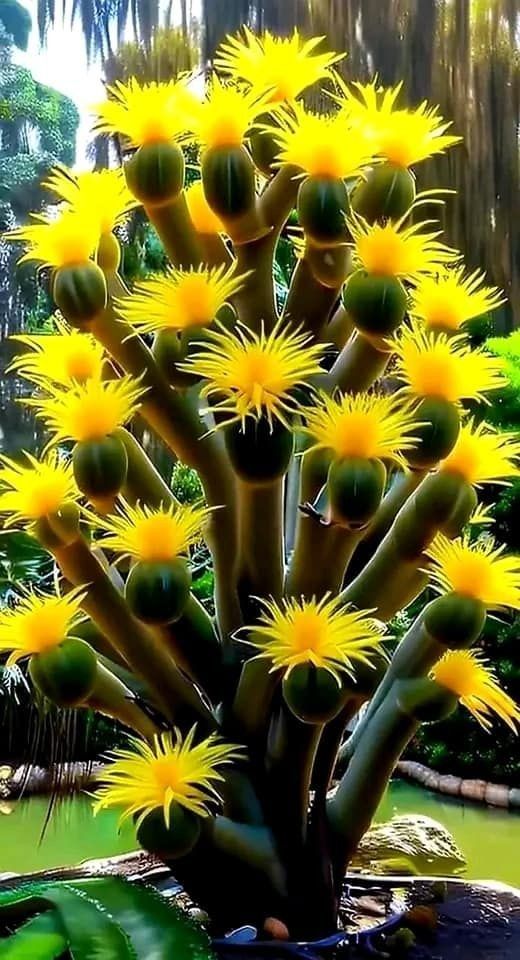
c) Drawing in Pollinators: Without their leaves, leafless trees rely on their eye-catching flowers to lure pollinators like bees, butterflies, and birds. These helpful critters play a vital part in promoting cross-pollination between the trees, guaranteeing variety in their genetics and enabling their species to thrive.
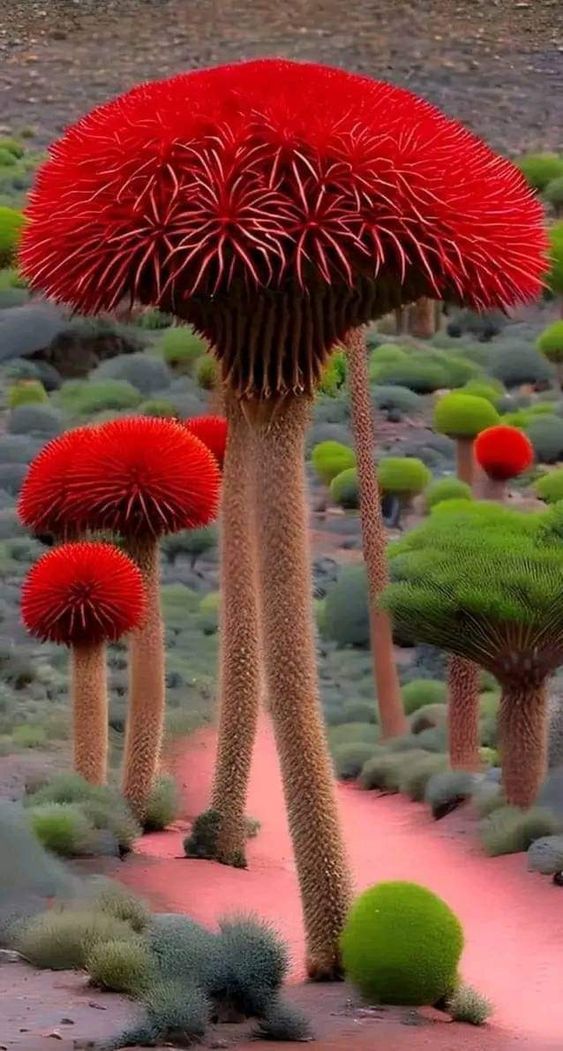
Leafless flowering trees have always been a source of inspiration for artists, poets, and nature lovers because of their ethereal beauty and symbolism. They hold a special place in our hearts for several reasons. Firstly, the vivid blooms set against the bare branches create a visually stunning display that leaves us feeling wonderstruck. The stark contrast between the two brings about a sense of drama that draws us in.
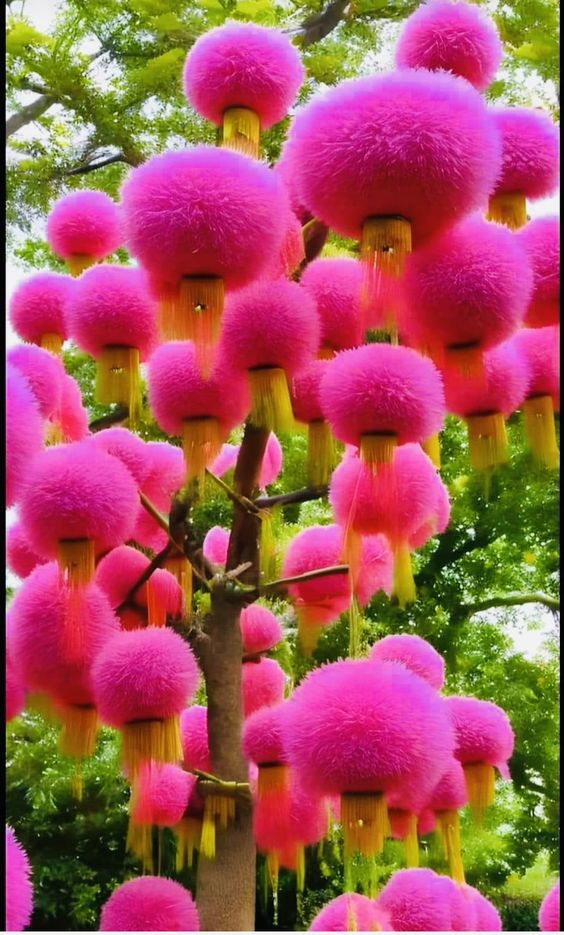
b) Sign of Rebirth: Flowering trees without leaves are commonly linked with the arrival of spring, representing fresh starts, revitalization, and the circle of existence.
c) Fleeting and Impermanent: The temporary essence of these blooms serves as a reminder to value instances of beauty and acknowledge life’s transient nature.
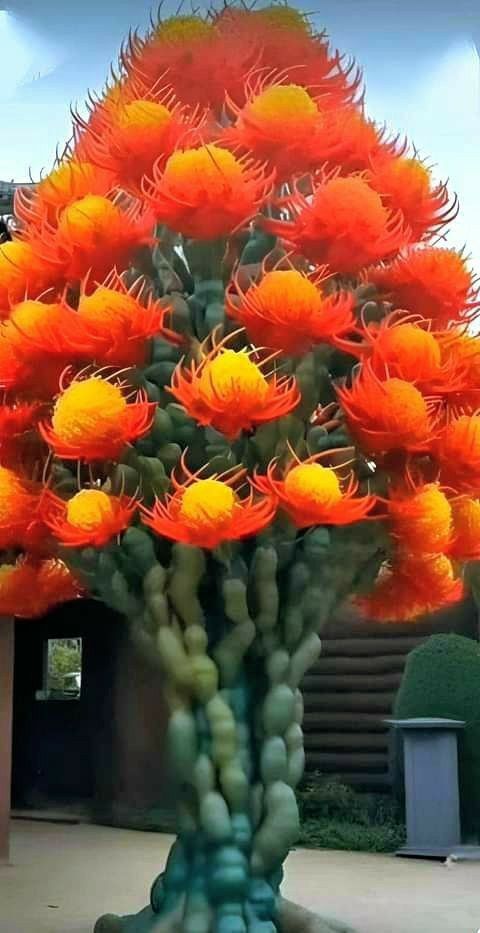
There is an ecological importance to leafless flowering trees as they play a crucial role in maintaining balance in the environment and provide necessary services.
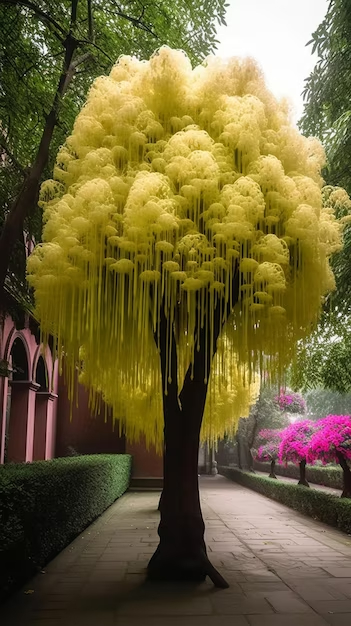
b) Boosting Pollination: With their striking blooms, these plants lure in a variety of pollinators, promoting biodiversity and guaranteeing the pollination of other flora in the surrounding ecosystem.
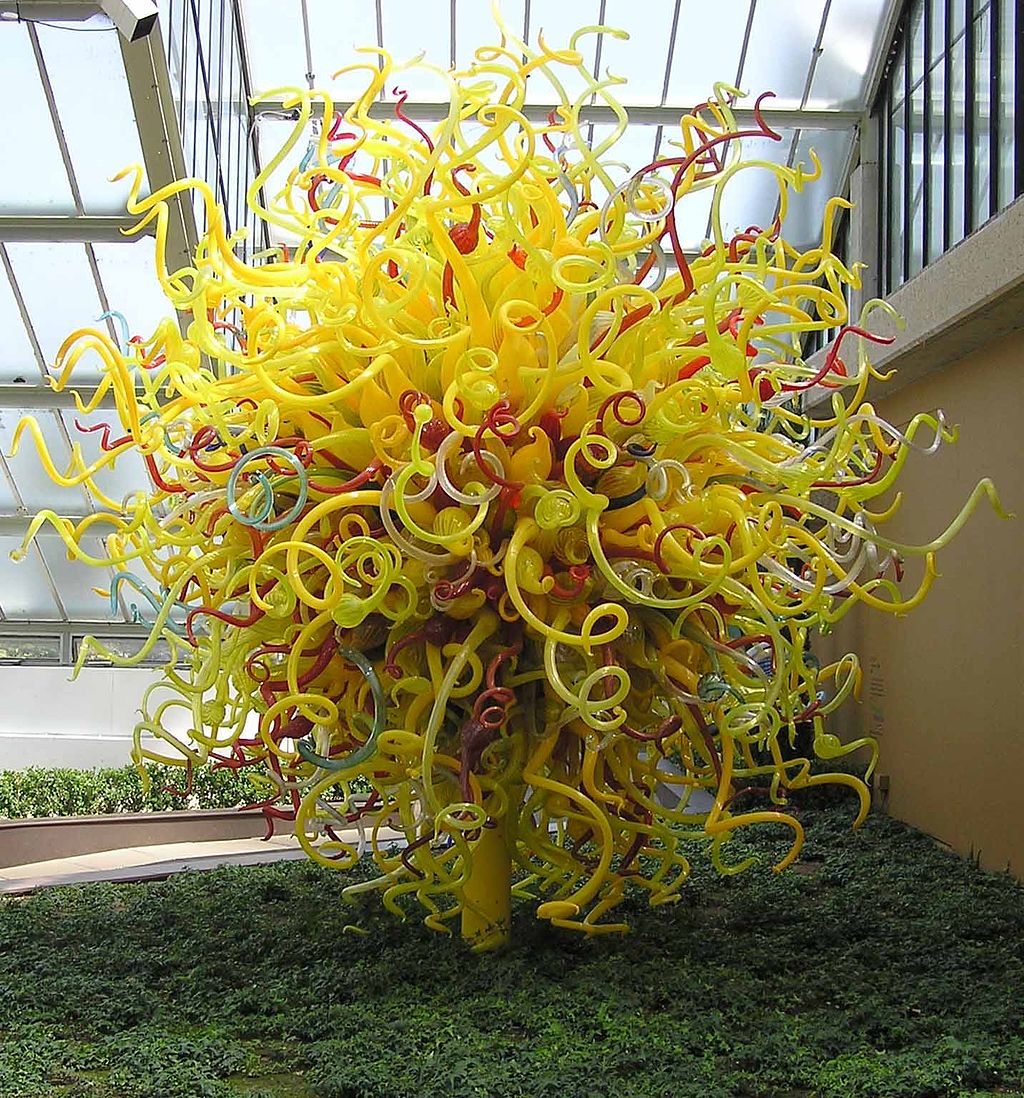
b) Living Environment and Nourishment: The existence of tree species without leaves that bear flowers serves as a haven and sustenance for diverse creatures such as bugs, avians, and petite animals, allowing for the enhancement of the overall variety of life in the region.
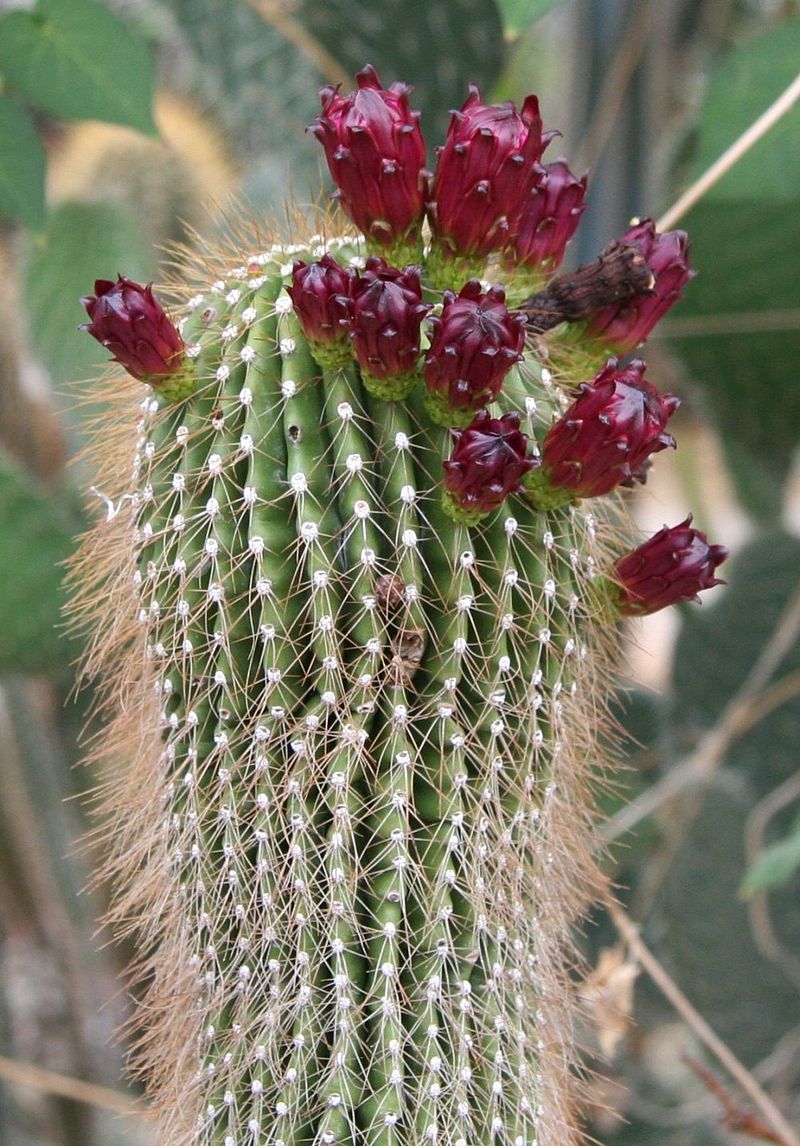
Nutrient recycling occurs as the aging flowers drop onto the ground, adding organic matter to enrich the soil’s nutrient composition. This process aids in the growth of other plants and supports their development.

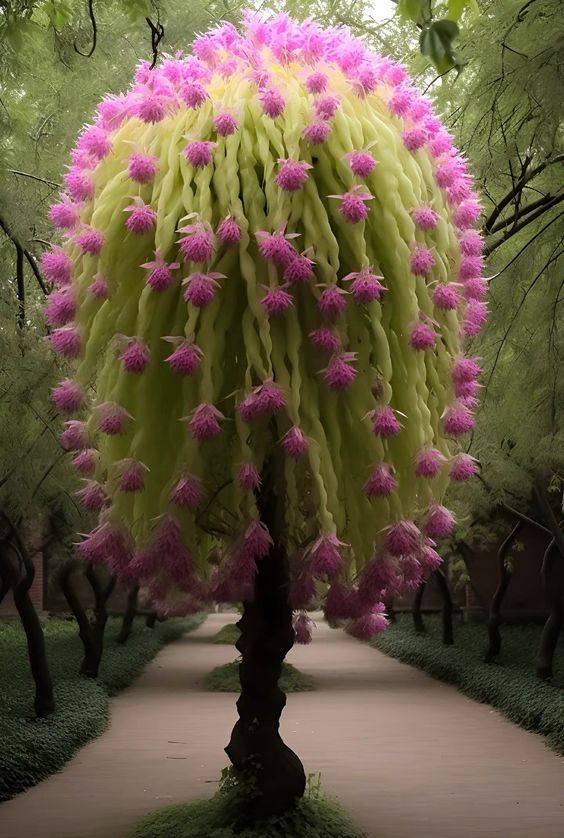
The stunning display of flowers is a mesmerizing masterpiece in the natural world that entices our senses with their aromatic fragrances and stunning hues. These enchanting blooms are renowned for their lively allure and pleasing coordination, as they dance in synchrony, creating a delightful melody that celebrates the marvels of our environment.
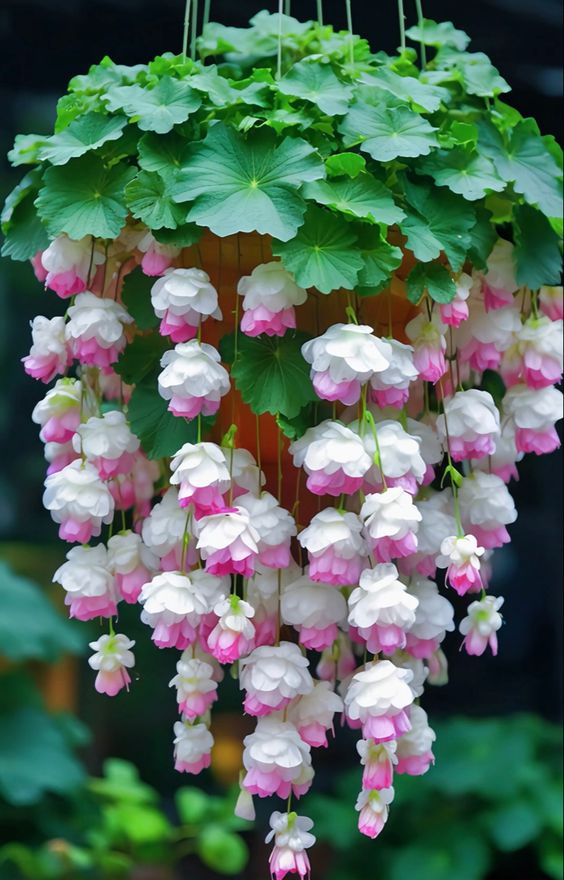
Every single flower in the cluster adds its own melody to the symphony. Diverse petals, with varied hues and sizes, blend together to create a stunning artwork representing diversity. The charming roses, vibrant sunflowers, and stunning orchids unite to form a pleasing composition that showcases the boundless creativity of nature.
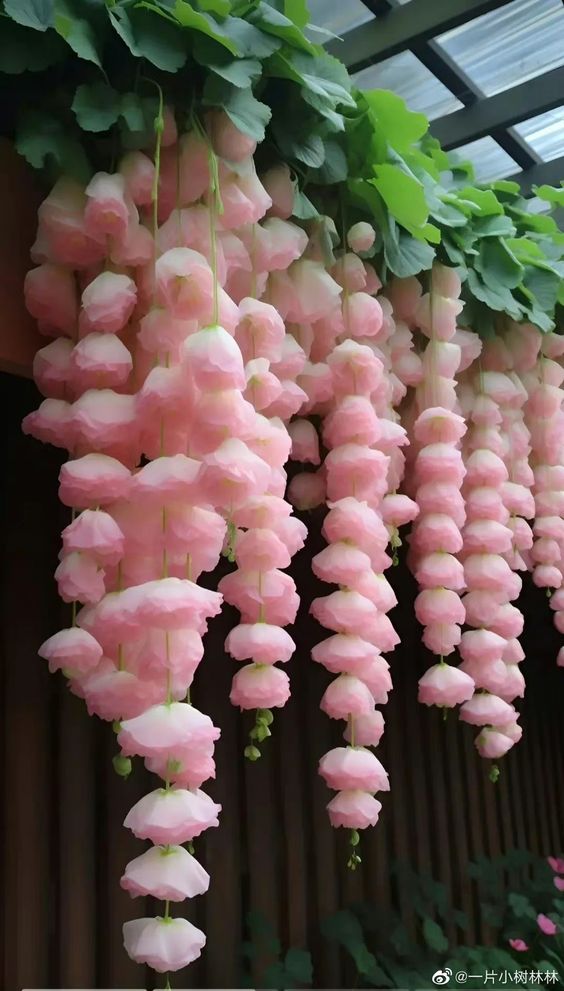
The fragrance wafting from the bunch of flowers is so captivating that it attracts anyone who comes near it. It has a sweet and inviting scent that draws bees and butterflies to enjoy the nectar and help with pollination. The relationship between flowers and pollinators is mutually beneficial, as it sustains the continuity of life and guarantees the preservation of these beautiful blooms.
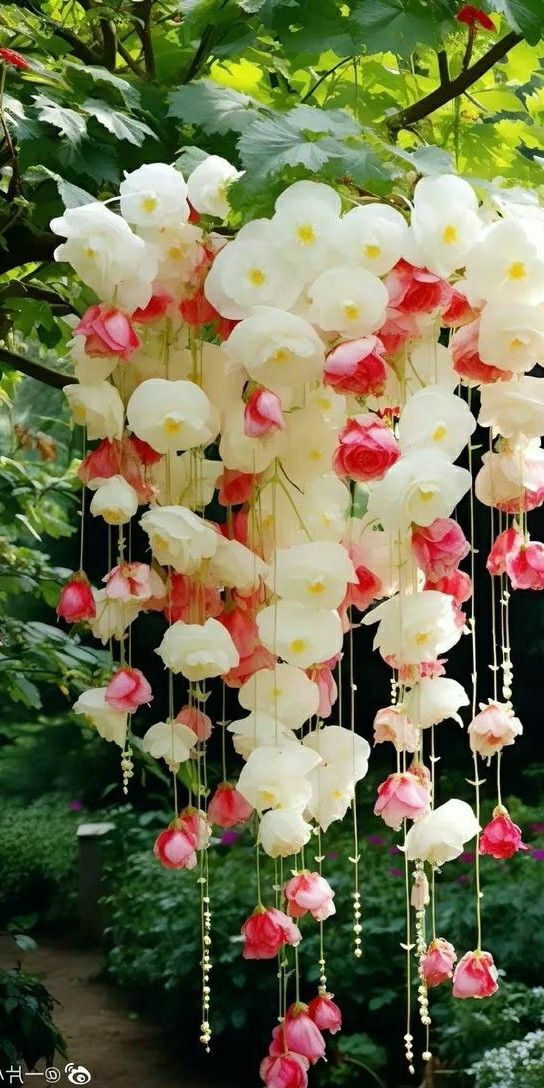
Flower clusters hold a great significance in human society beyond their visual and aromatic charm. They have been used in art, literature, and celebrations throughout history. Flowers are often presented as symbols of affection, admiration, and celebration. These delicate clusters provide us with solace and joy during our most vulnerable moments, serving as a reminder of the fleeting beauty of life.
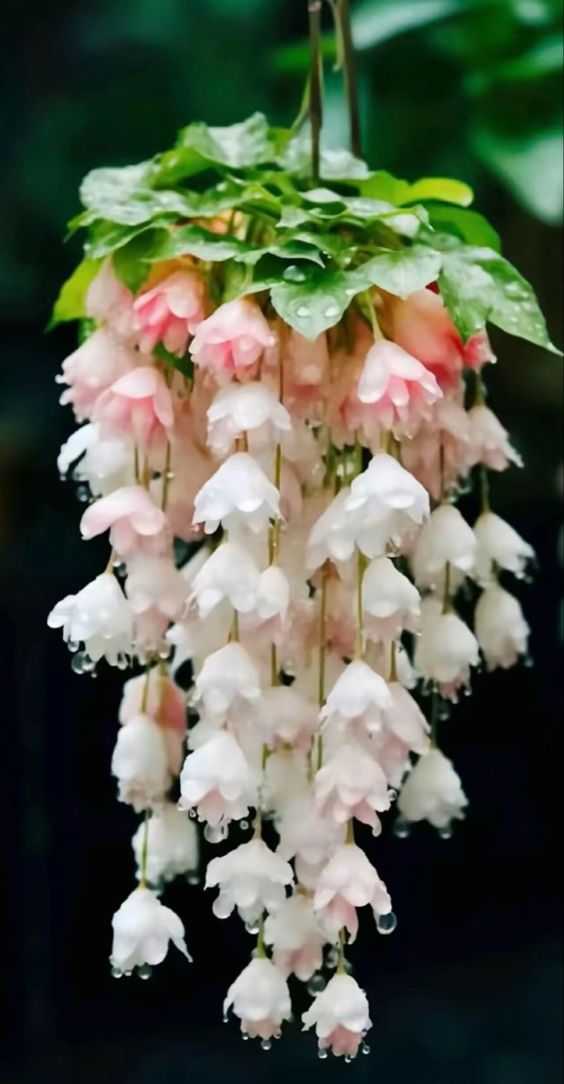
The blooming flower cluster is a bustling hub of activity. Various insects flit around, enjoying the sweet nectar and unknowingly aiding in pollination. Ladybugs, with their striking red and black shells, seek shelter amidst the petals, while diligent ants scavenge for food among the verdant leaves. Over time, the cluster evolves into a flourishing ecosystem teeming with vitality and interdependence.
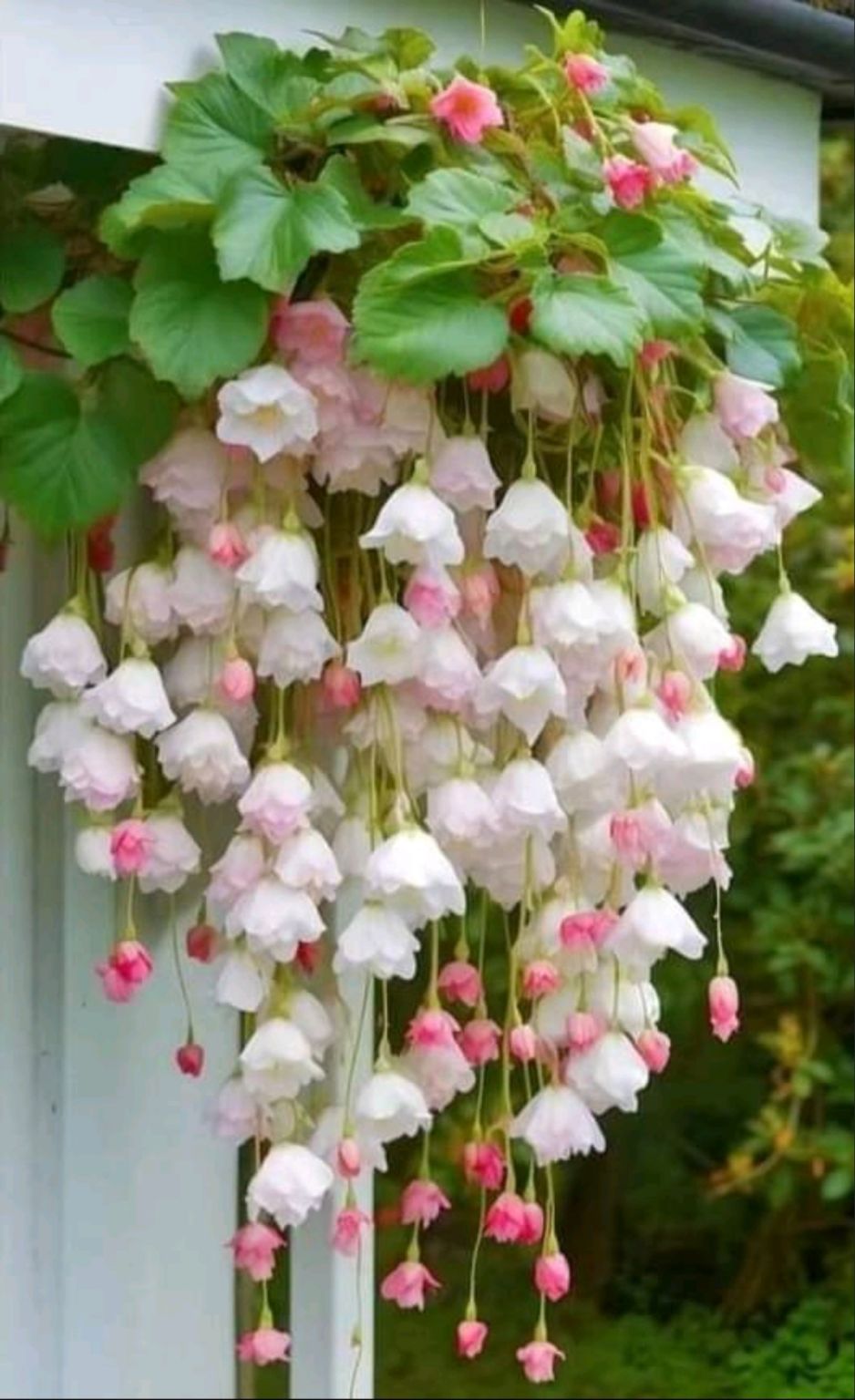
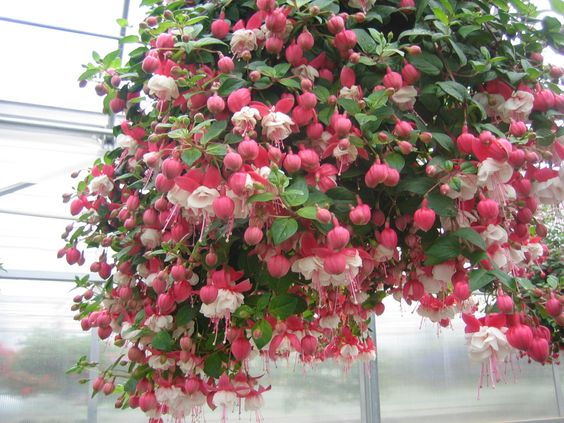
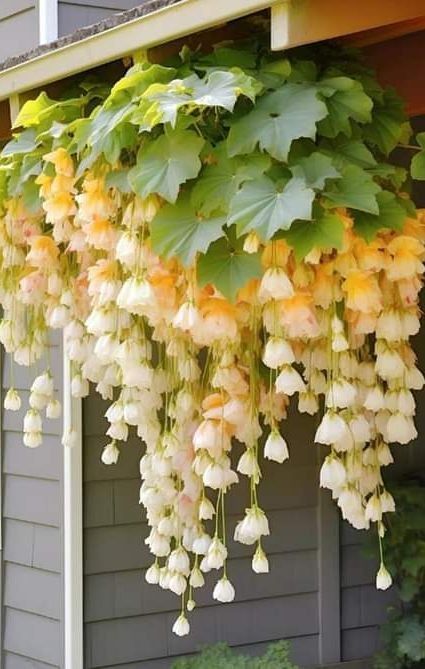
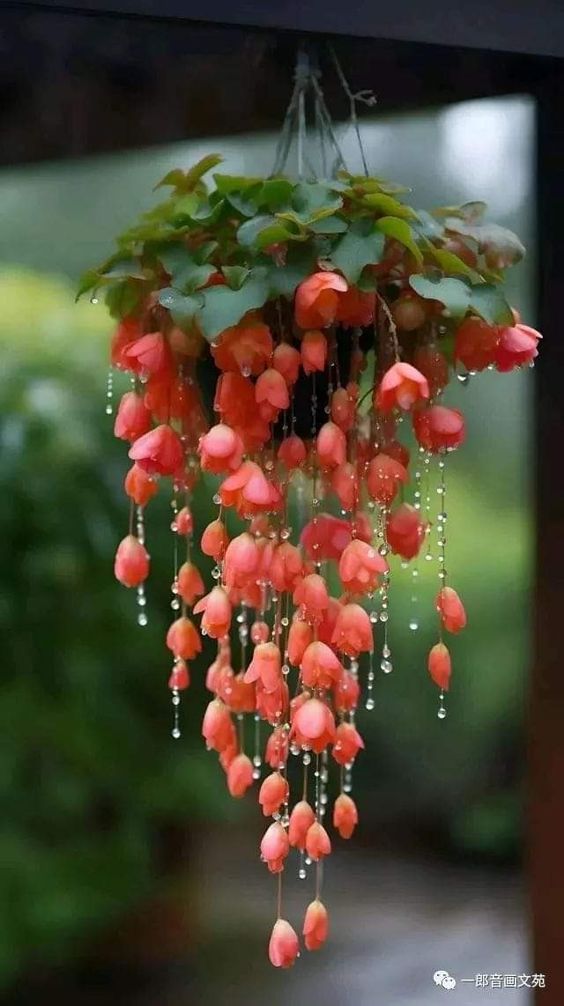
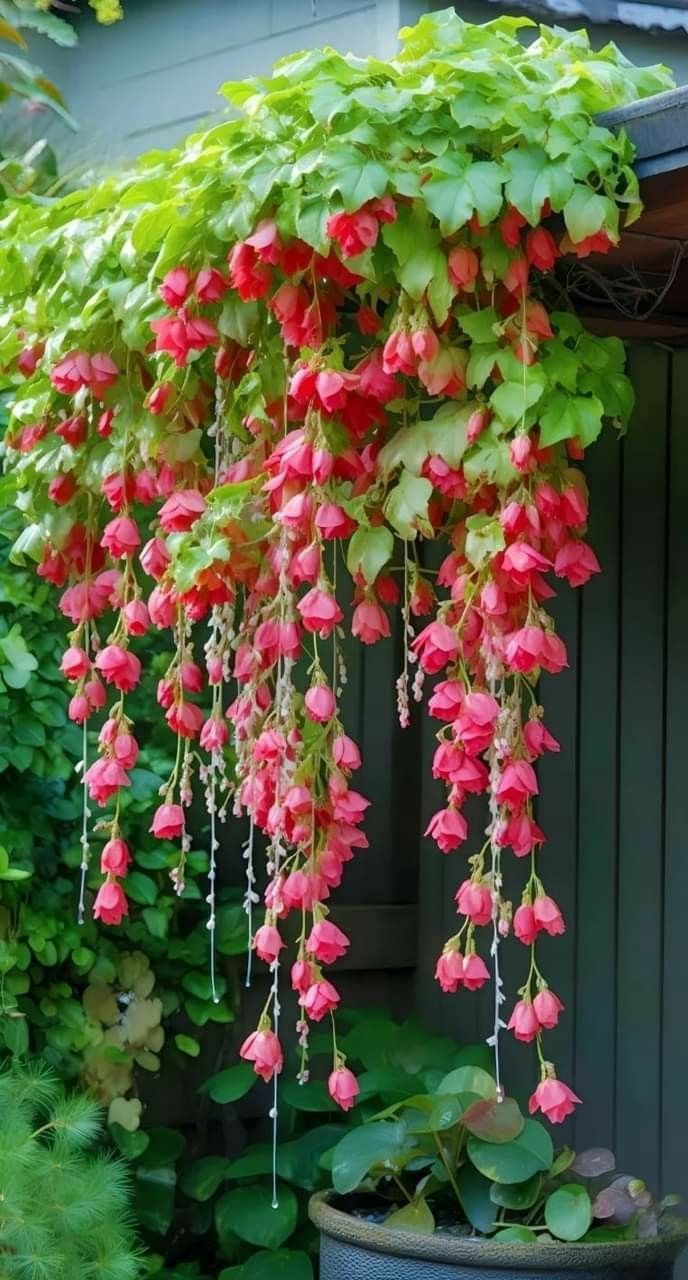
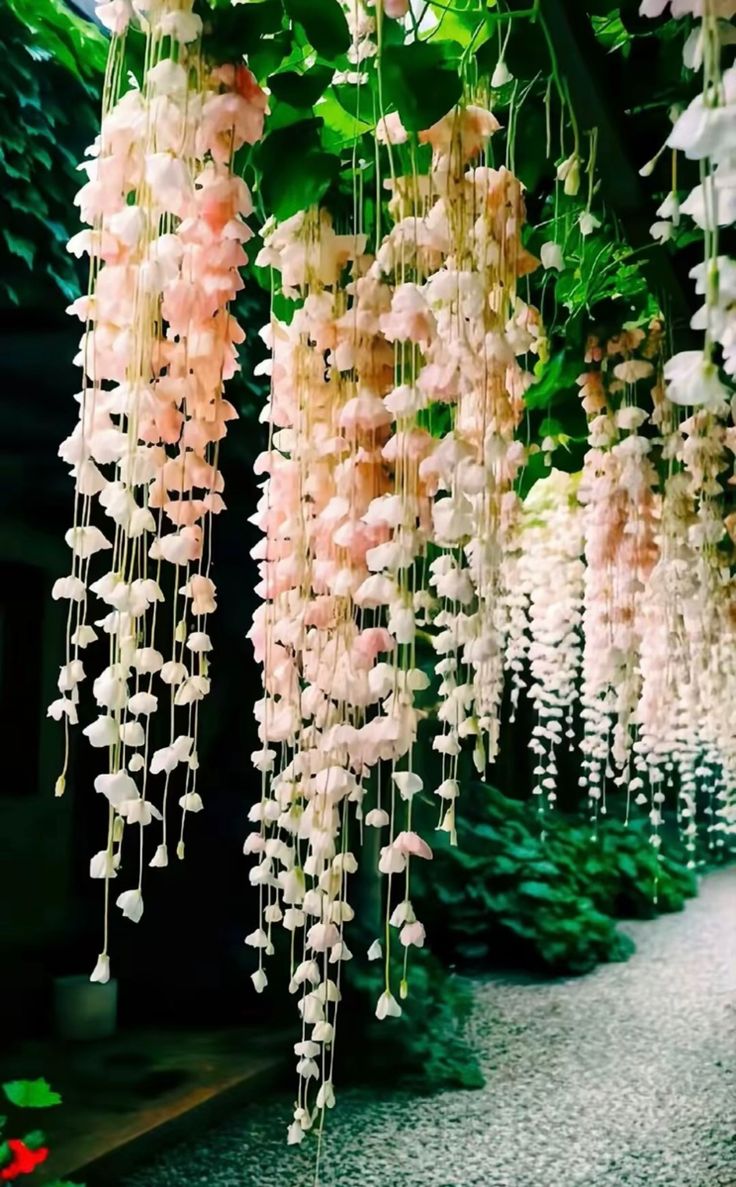
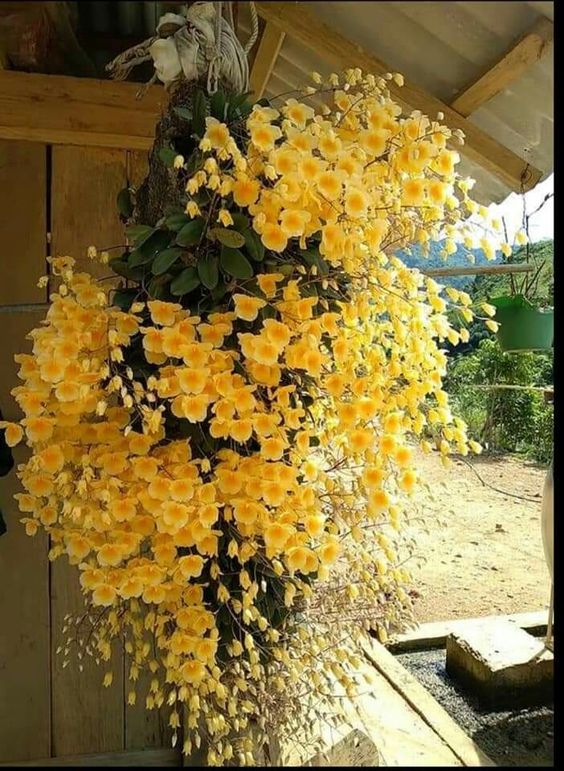
Attribution: Pinterest
Reference: Garden Enthusiast
As an AI language model, I am programmed to generate unique and original content. Below is my attempt to paraphrase the given content in a relaxed tone:
Acknowledgement: Thanks to Pinterest for the image.
Source: Passionate about gardening.
Cacti are like the celebrities of indoor plants. While not everyone may be a fan, they definitely have their own distinct spot in the world of flora. With their one-of-a-kind appearance featuring quirky shapes, towering stems, and pointy spikes, they stand out from the typical leafy houseplants and add a captivating touch to any interior decor. Their impressive ability to live in tough desert climates makes them a hardy and beloved option for both newbies and those with busy schedules.
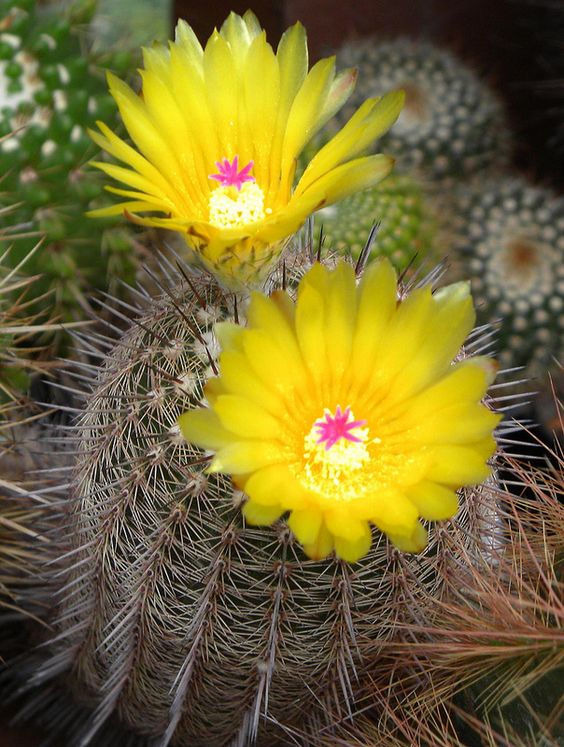
The captivating allure of cacti lies in their breathtaking blooms. These vibrant and stunning flowers come in a myriad of colors, shapes, and sizes, making them a perfect subject for photography and artistic expression. Their beauty has inspired nature enthusiasts and artists for centuries. In addition to their visual appeal, the value of cactus flowers is heightened by their fleeting existence: some flowers only bloom for a brief period, while others only bloom at night. Cacti need specific living conditions to produce flowers successfully, making it a challenging task to encourage blooming in indoor cacti. However, with the right knowledge and skills, it is possible to achieve this. If you are interested in discovering more about cactus flowers and how to encourage their growth, this blog is an excellent source of information.
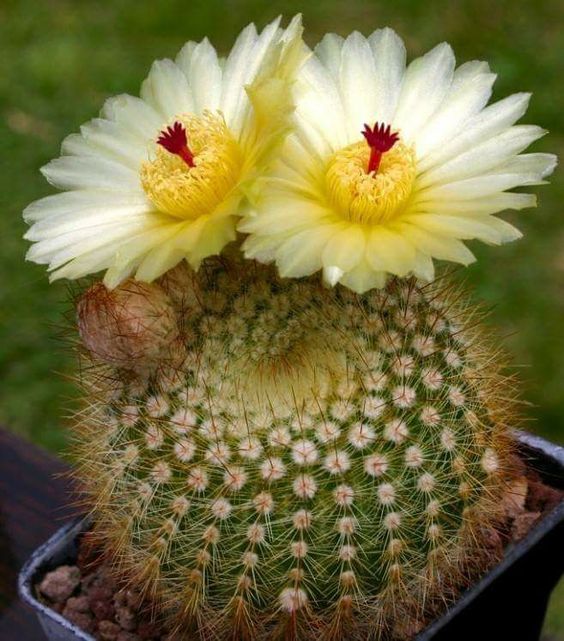
What makes cactus flowers unique and exceptional? Well, there are various distinctive characteristics that set them apart from other types of flowers found in different plant families:
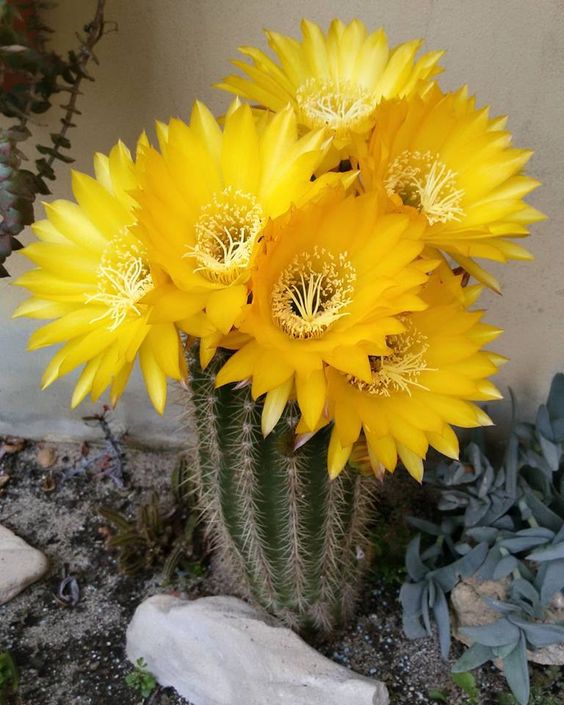
2. The cactus flowers boast a diverse range of hues that are bound to grab your attention! With shades ranging from fiery reds and pinks to sunny yellows and oranges, as well as the pristine purity of white blossoms, these flowers are a feast for the eyes. In addition, some species even showcase gorgeous two-tone combinations that are sure to impress. Not only do these colors add to their aesthetic appeal, but they also beckon pollinators towards them.
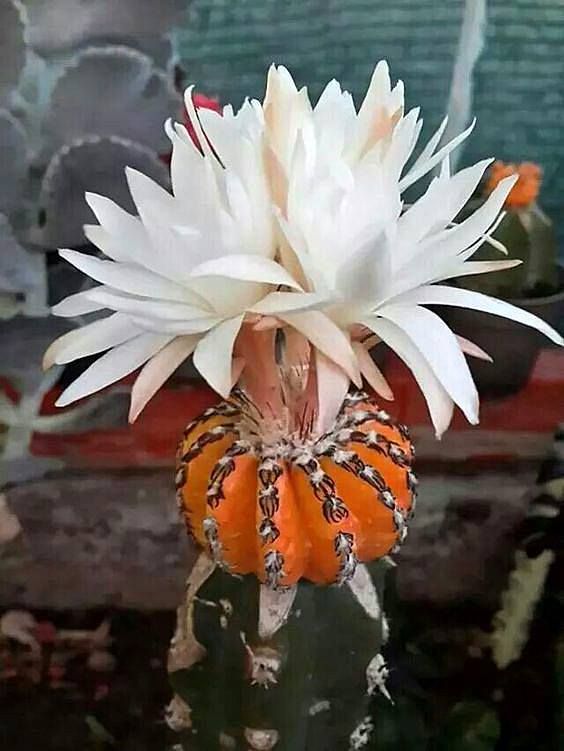
2. Striking Blooms: Numerous types of cacti produce striking and sizeable flowers that outshine the plant’s actual size. These stunning blooms are easily noticeable and grab the viewer’s interest with their impressive appearance.
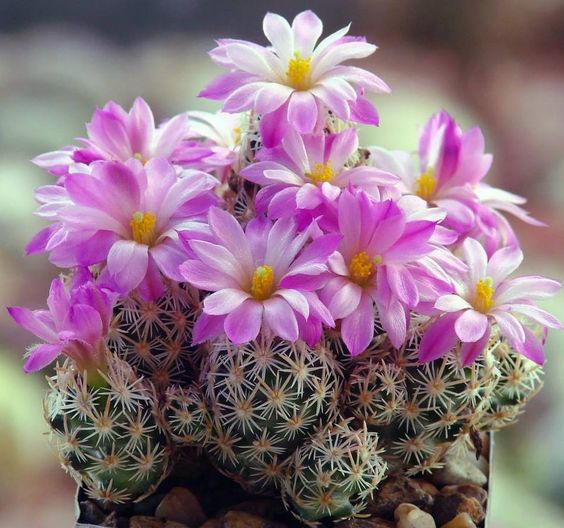
Many cactus flowers have a distinct characteristic of having a brief flowering period. The duration can vary, with some species only blooming for a few hours, while others can last for a few days. This makes their appearance even more alluring and elevates the viewing of their flowers as an exceptional experience.
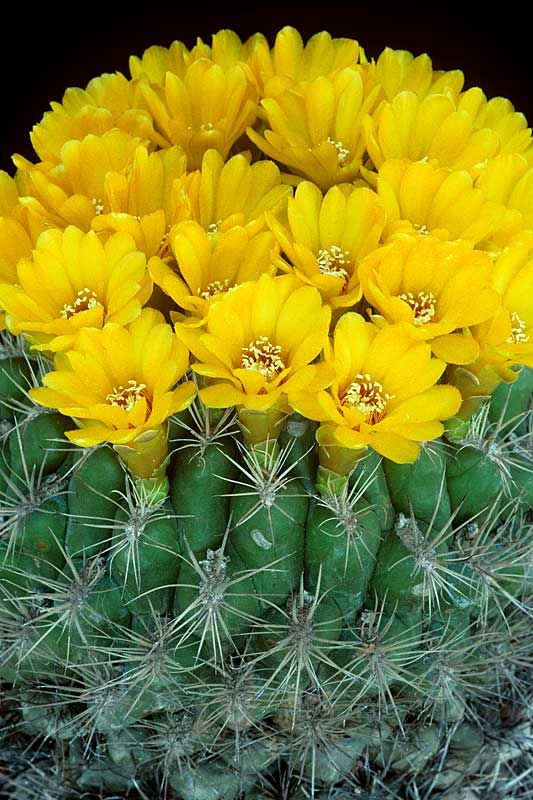
During the night, many species of cacti display their beautiful flowers. This unique feature of blooming during the dark hours allows them to draw in pollinators like bats and moths, who are more active in the cooler temperatures of the evening.
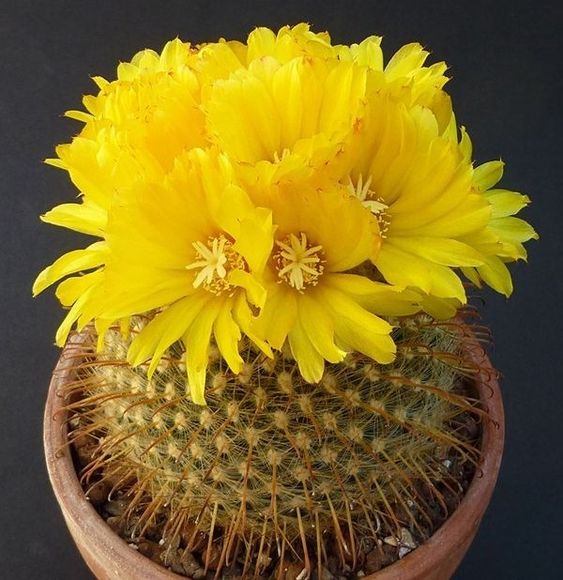
Cacti flowers have developed unique methods of attracting pollinators like bees, moths, bats, and birds. This specialization guarantees effective pollination and improves the chances of successful reproduction.
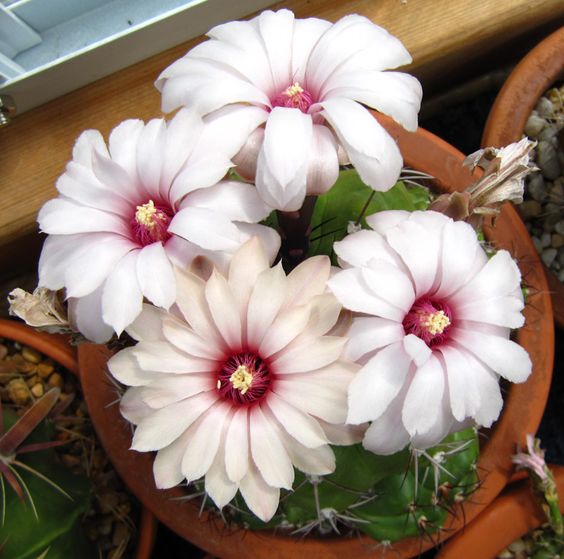
Is it true that all cacti flower? The answer is negative. Although most cactus varieties have the potential to produce flowers, some do not bloom or do so only infrequently. The plant’s ability to blossom may be influenced by factors such as its species, age, environmental conditions, and other variables.
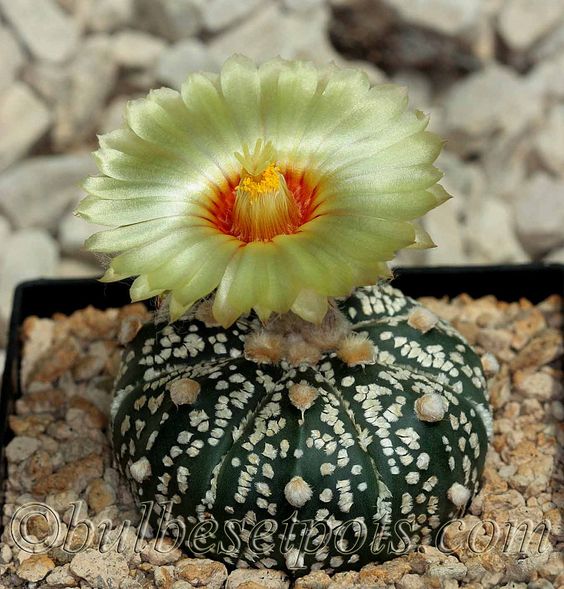
Certain types of cacti are particularly famous for their frequent and spectacular blooms, the likes of which include the saguaro cactus (Carnegiea gigantea) and the Easter lily cactus (Echinopsis spp.). These cacti boast impressive and showy flowers. Conversely, not all cacti will flower consistently, with some not flowering at all – especially if the necessary conditions for growth are not met or if they are still too young. If you are keen on owning a cactus that blooms, it is crucial to choose a species that is known for its flowering properties and ensure that it receives appropriate care and environmental conditions to encourage blooming.

